Commercial space tourism will soon become a widespread reality as the technology in the industry continues to make breakthroughs in the years to come.
Billionaire entrepreneur Sir Richard Branson—Chairman of U.K.’s Virgin Group Plc—is working towards this goal with his company Virgin Galactic. The company is working on releasing the spacecraft Virgin Space Ship (VSS), capable of bringing civilians into space.
Last month VSS conducted a test run, flying over the Mohave Desert in California. The test lasted around 3 hours, as the mother ship named WhiteKnightTwo brought the VSS spaceship to an altitude of 30,000 feet.
“Seeing the finished spaceship in December was a major day for us but watching VSS Enterprise fly for the first time really brings home what beautiful, ground-breaking vehicles Burt and his team have developed for us,” said Branson in a statement. “It comes as no surprise that the flight went so well, the team is uniquely qualified to bring this important and incredible dream to reality,” he added.
VSS is an 8-seater designed for carrying 2 pilots and 6 passengers onboard. It will be connected to a mother ship that will bring it to an altitude of 50,000 feet and then release it. After being released, VSS will blast off on a rocket of its own that will propel it to an altitude of 60 miles above earth. At this altitude, passengers will experience zero-gravity effect and also be able to see earth’s curvature.
The VSS spaceship is designed by Burt Rutan, winner of 2004 X Prize, with a prototype craft that did two consecutive trips into suborbital space carrying the weight of at least three people.
Even though the spacecraft is not completely ready to carry passengers, Virgin Galactic has already received $45 million in deposits for space flight reservations from 330 people. Tickets can be purchased today at a price of $200,000 per flight.
Besides Virgin Galactic, there are other companies slowly realizing the potential of space tourism industry.
California-based Xcor is developing a commercial 2-seater spaceship and has signed a deal with South Korea to lease such technology. Jeff Bezos, the founder of Amazon.com, has just received a $3.7 million grant from NASA to develop a spacecraft for orbital travel. He has also set up a spaceport in Texas, promising to launch a manned flight by the end of this year.
“Virgin is definitely our lead dog in the field, and it certainly has the most publicity and the most visible partners, but we are starting to see others making great leaps and bounds in terms of their ability to fly scientific payloads. From a business point of view, you can start flying scientific payloads earlier in the testing regime, because of course they don’t have quite the same safety requirements as people,” said Will Pomerantz, a member of X Prize Foundation, which organizes competitions to encourage commercial space travel.
Many U.S. states and countries worldwide are watching attentively the development of the nascent commercial space-travel industry. Some are already investing in it—the State of New Mexico has given Virgin Galactic $300 million to subsidize “Spaceport America” in the Mojave Desert.
The government of Abu Dhabi paid $280 million to buy a one-third stake in Virgin Galactic and has also offered its territory to build the first-ever commercial spaceport in the Middle East.
According to consulting firm Fultron, as the commercial space travel develops, prices will likely fall dramatically and enable up to 15,000 people annually to travel in space by the end of this decade.
“As the commercial space industry continues to grow, I expect that we will see increasing number of payloads and people flying to space,” said Alan Stern, of the Commercial Spaceflight Federation, in a statement.
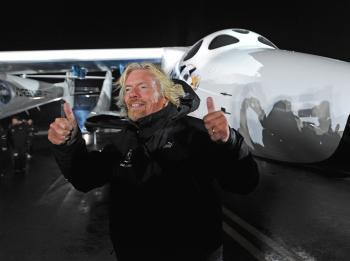
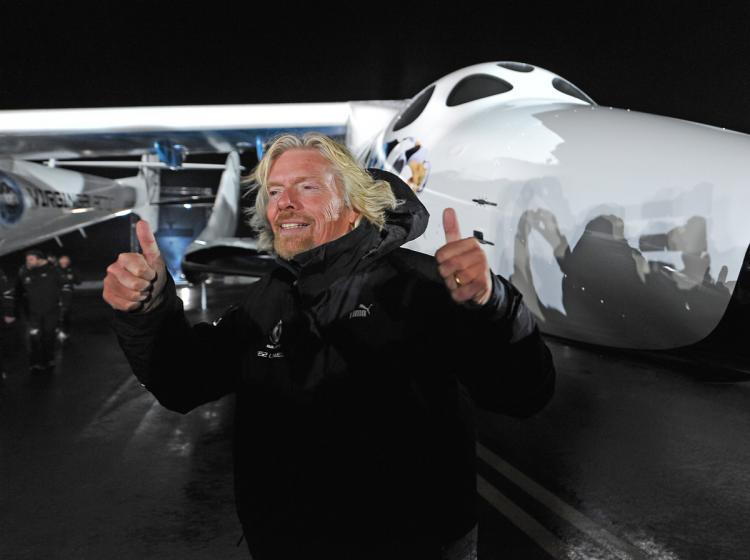
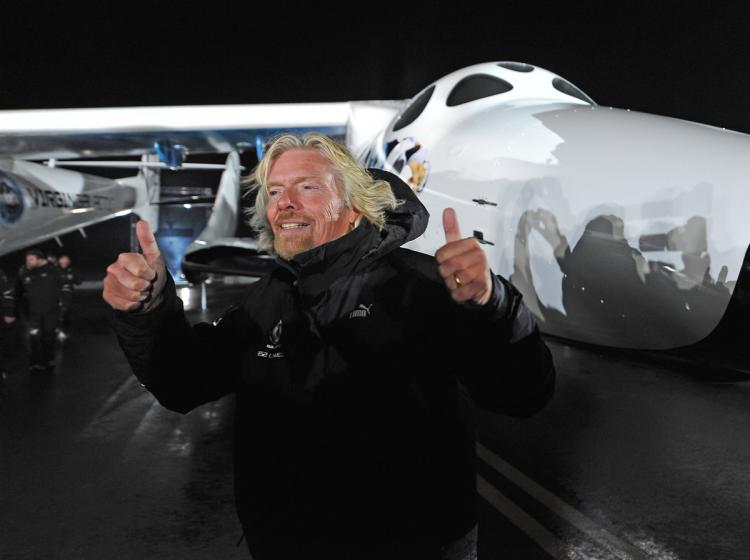
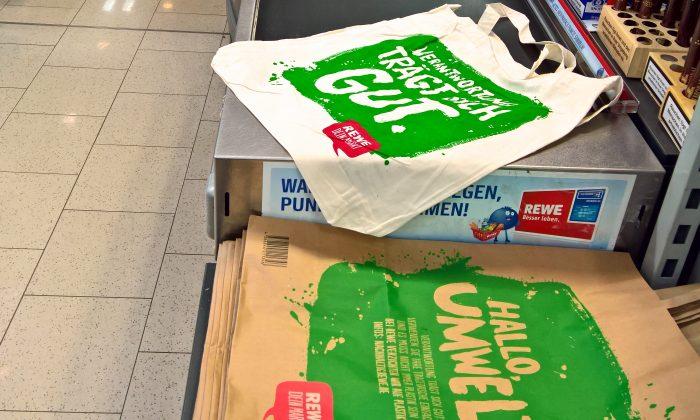

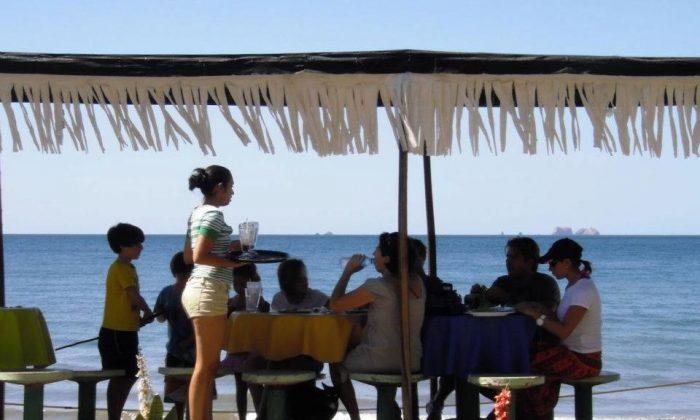
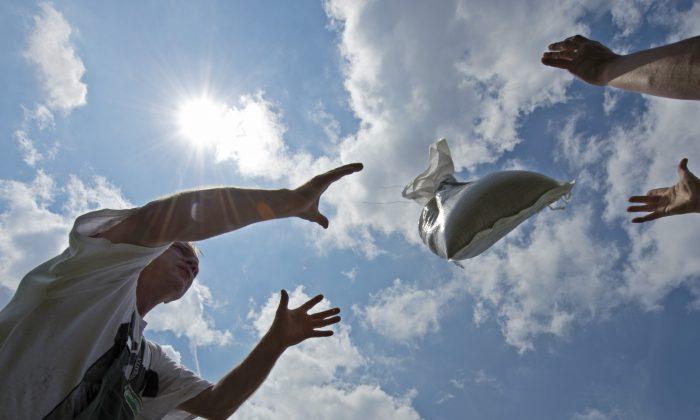
Friends Read Free